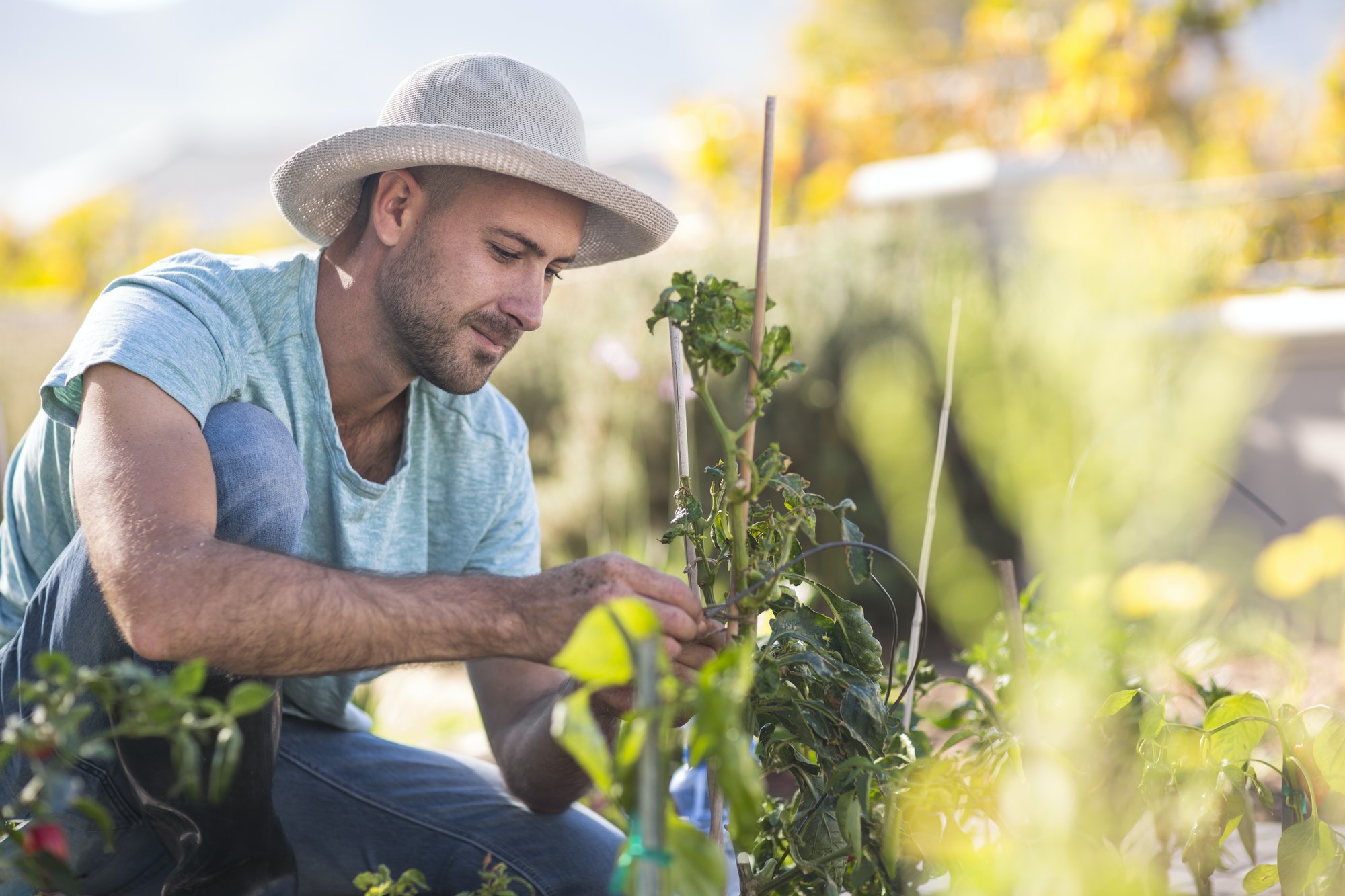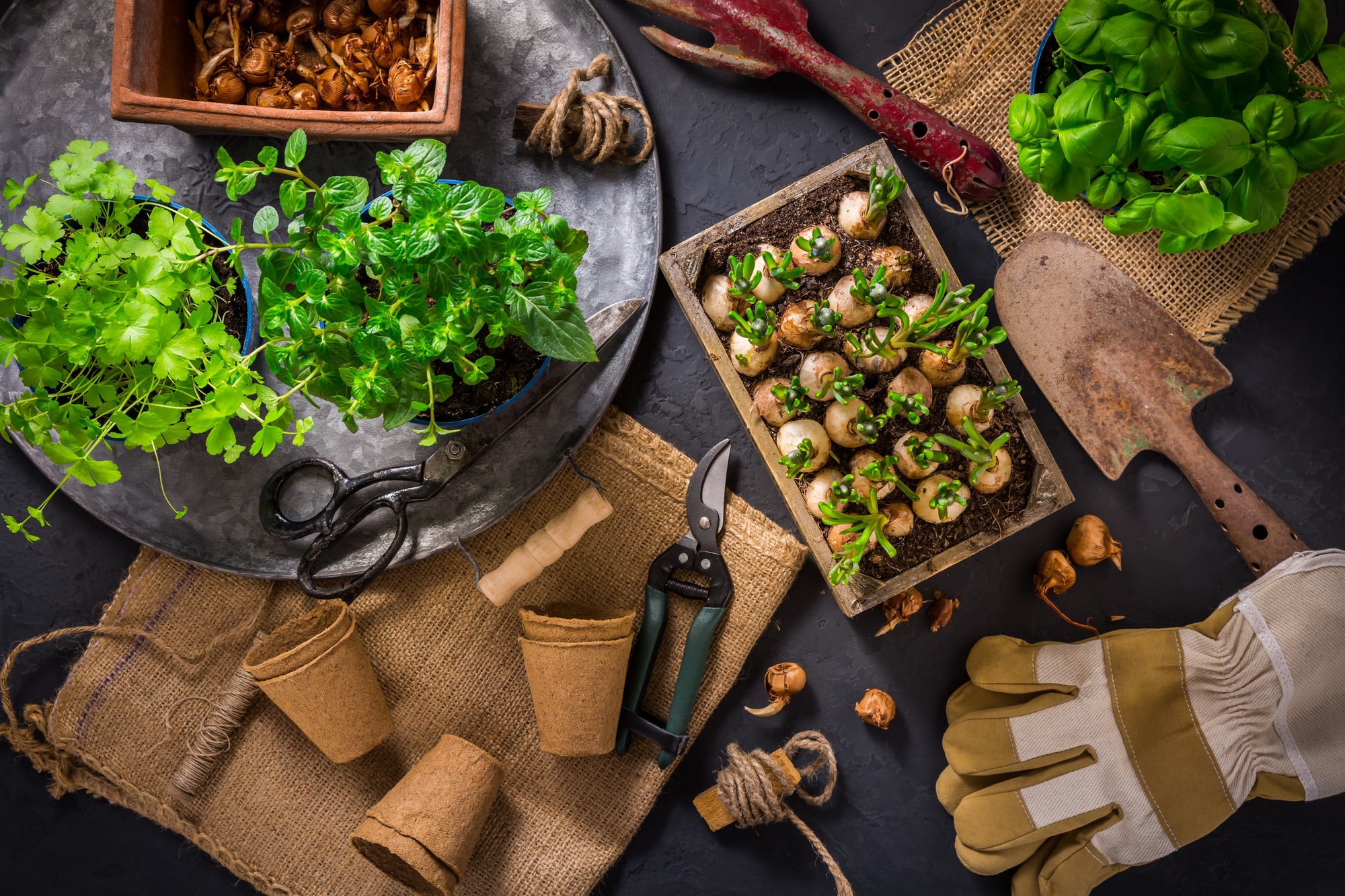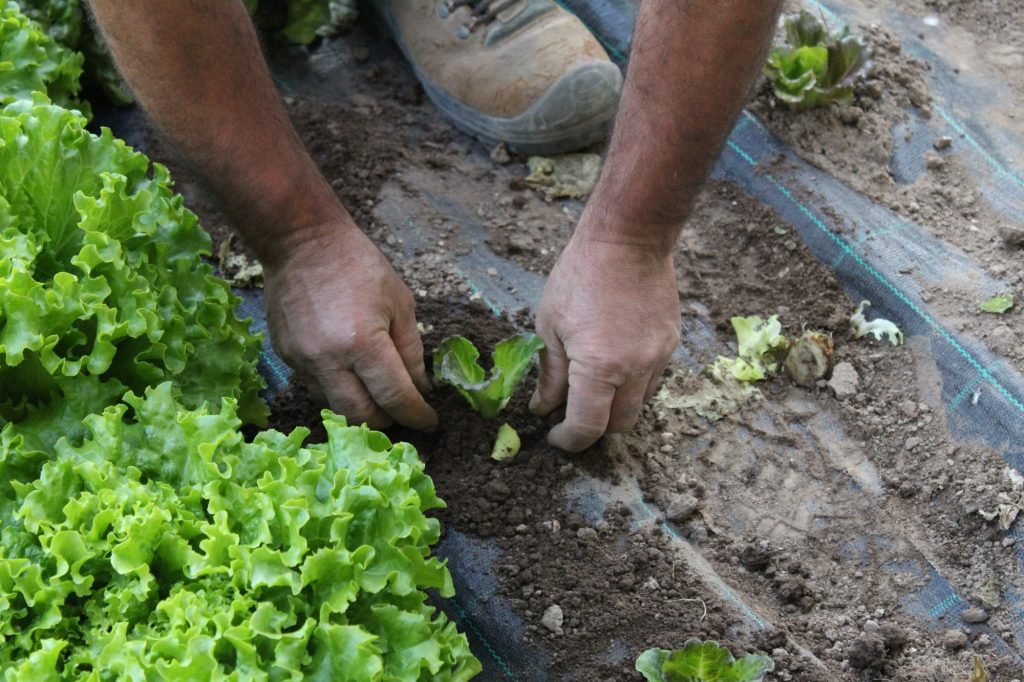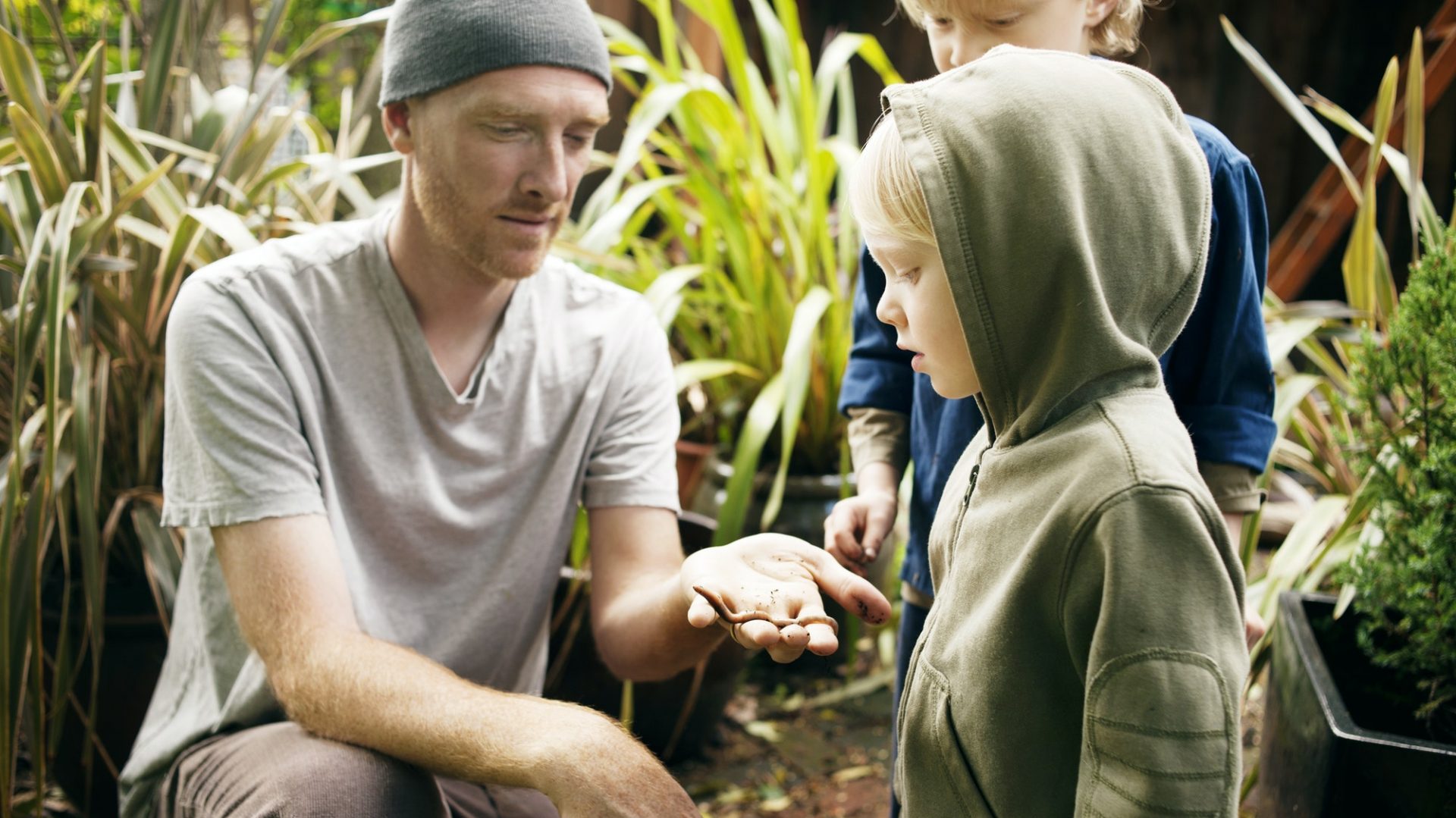Growing both flowers and vegetables in your garden can be an excellent way to increase yields. These plants attract pollinators, which helps keep your vegetables and flowers healthy. They also attract beneficial insects like native bees. If you are considering growing both together, you should read this book to find out how to do so. It’s an easy and beneficial method, even for first-time gardeners. Read on to learn more about the benefits of flower-and-vegetable gardening.
When choosing a companion plant, always keep in mind the size of your garden. Taller plants will attract more pollinators and not overshadow smaller, sun-loving vegetables. Some common companion plants are petunias, marigolds, and nasturtiums. Make sure you plant plenty of the right kind to maximize your garden’s potential for attracting pollinators. When in doubt, choose flowers with a broad range of colors and textures.
Depending on your flowers and vegetables, harvesting can be difficult. Most flowers have a limited window for harvesting. You can harvest spent blooms as they are still fresh, but this will shorten your flowering period. Harvesting flowers at the right stage is important to prevent insect damage. To harvest them at the proper time, you should pick them early in the morning or in the evening. You may have to sacrifice some side branches while balancing the amount of stem you harvest.


Jefferson had an enthusiasm for many garden plants. His “Garden Book” included an entry listing the dates of harvesting perennials, as well as the dates when they could be harvested. Interestingly, artichokes were only harvested during 13 years of the year, which is a higher success rate than we see today. Gentlemen gardeners tended to grow artichokes in their gardens. Among the most popular vegetables around 1800 are artichokes and tarragon.
Plants can be transplanted as early as mid-May. For early-planted vegetables and flowers, cover them to protect them from frost. Use frost covers or sheets. Keep in mind that plastic sheets may be harmful to plants. Side-dressing perennials with fertilizer is another way to conserve water. Mulch keeps soil temperatures uniform, and helps eliminate weeds. If you plan to transplant your perennials or annuals, make sure to do so before the end of the month.
When planting seeds, remember to consider the USDA zone system. Some plants grow well in USDA zones seven and higher, while others are not hardy in all zones. Tender perennials grow very quickly, so they need to be transplanted every year. They typically show their first growth year and flower the following year. Young leafy plants are harvested when they are two to four inches tall. However, premature flowering can make some edible crops unpalatable. Cucumbers, for example, can lead to bitter flavors in the final product, which causes minor indigestion.

Seed saving is another way to grow your own food. If you don’t have time to get outside and plant flowers and vegetables, you can start them indoors using an egg carton and some potting medium. Then, when the weather warms up, you can transplant them to the outdoors. Bone meal is a natural fertilizer that contains calcium and phosphorus. Bone meal also promotes healthy roots, foliage, and flowers.
Whether you grow veggies or flowers, you’ll find calendula a great companion plant for your vegetables. This plant is highly beneficial for your vegetables, as it deters many pests. The seeds of this perennial flower can be planted three weeks before the last date of the frost. You can also plant it in your vegetable patch, which will keep the insects away. It grows in any climate, including hot and dry climates, and it can survive even with irregular watering.
Sunflowers should be planted close to cold and shade-loving plants like broccoli and cauliflower. Ideally, they should not shade the sun-loving plants. The sun maps can help you determine how much light your garden gets. Sunflowers are a great companion plant, as they can attract pollinating insects. Sunflowers can also provide support for plants such as pole beans. Furthermore, they inhibit the growth of low-growing plants like pole beans.

